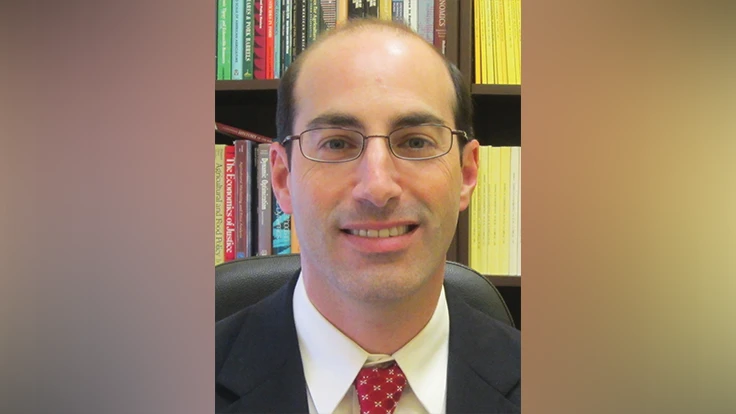

Dr. Jeffrey Dorfman is a professor of agricultural and applied economics at the University of Georgia. He primarily studies food retail, consumer purchasing trends and other food-related topics. Below, he discusses his research, an impending tech revolution in food retail and how the supply chain will be affected by an increase in local food production.
Produce Grower: What are some of the trends you are currently researching in food retail?
Jeffrey Dorfman: There’s one big push, one big part of food retailing [pushing] toward there being more Walmarts and Amazons getting into food. So, there’s a lot of food where you want to pay as little as possible for it. And then the second trend is consumers who want special attributes. So, we want gluten free, we want organic, we want local and we want some sort of health benefits from our food. Consumers will pay extra for those attributes. What I see is that food has all ended up into one of those two buckets, either selling a product to get the premium price because of either its contents or the production process it went through — think fair trade coffee.
PG: You wrote an article for Forbes that a tech revolution is coming to food retail (Editor’s note: you can read that article at bit.ly/2I5o7by). What does that mean and what might that look like?
JD: I think there’s definitely going to be a tech revolution in food retail. I’m not sure we know how it’s going to impact the market yet. I think the likely way is we’re going to spend less time in-store shopping, more time online shopping, and when we do go into the store, to not be wandering around hunting for things. Kroger has a feature now where a light will light up on the shelf in the aisle as you’re walking down to show you where the next item on your shopping list is. Retailers haven’t wanted to do that because supermarkets make most of their profit through impulse buying. And if we can just follow our list through an app on our phone that lights the product up for us so we can find exactly what we’re looking for quickly and easily, we might not make impulse buys. We’re just going to to have to wait and see a little bit how much of this gets widely adopted and how much people like it. But the early indications are people like the tech and it’s going to have to keep coming.
PG: Right now, there’s an emphasis on local food production. How do you see that affecting the supply chain moving forward?
JD: This we actually have a pretty good answer to thanks to Chipotle [and their recent issues]. More local food is going to mean more danger of food safety problems, so having a larger number of smaller suppliers, [and] having a more complicated supply chain, is going to mean everybody’s going to have to step up their game to make sure the food supply remains safe. It’s going to be much more complicated to keep 10,000 small local produce growers following all the regulations instead of a really big group of them.

Explore the June 2018 Issue
Check out more from this issue and find your next story to read.
Latest from Produce Grower
- Red Sun Farms hires Paul Mastronardi as new business development manager
- Sakata Seed America celebrates renovation of Cal Poly greenhouse complex
- Resource Innovation Institute adds six members to Board of Directors
- Nufarm announces unified brand
- Peckham acquires Revolution Farms in Michigan
- Fresh Express expands Chopped Salad Kits line with three new flavors
- The Growth Industry Episode 3: Across the Pond with Neville Stein
- University of Evansville launches 'We Grow Aces!' to tackle food insecurity with anu, eko Solutions





